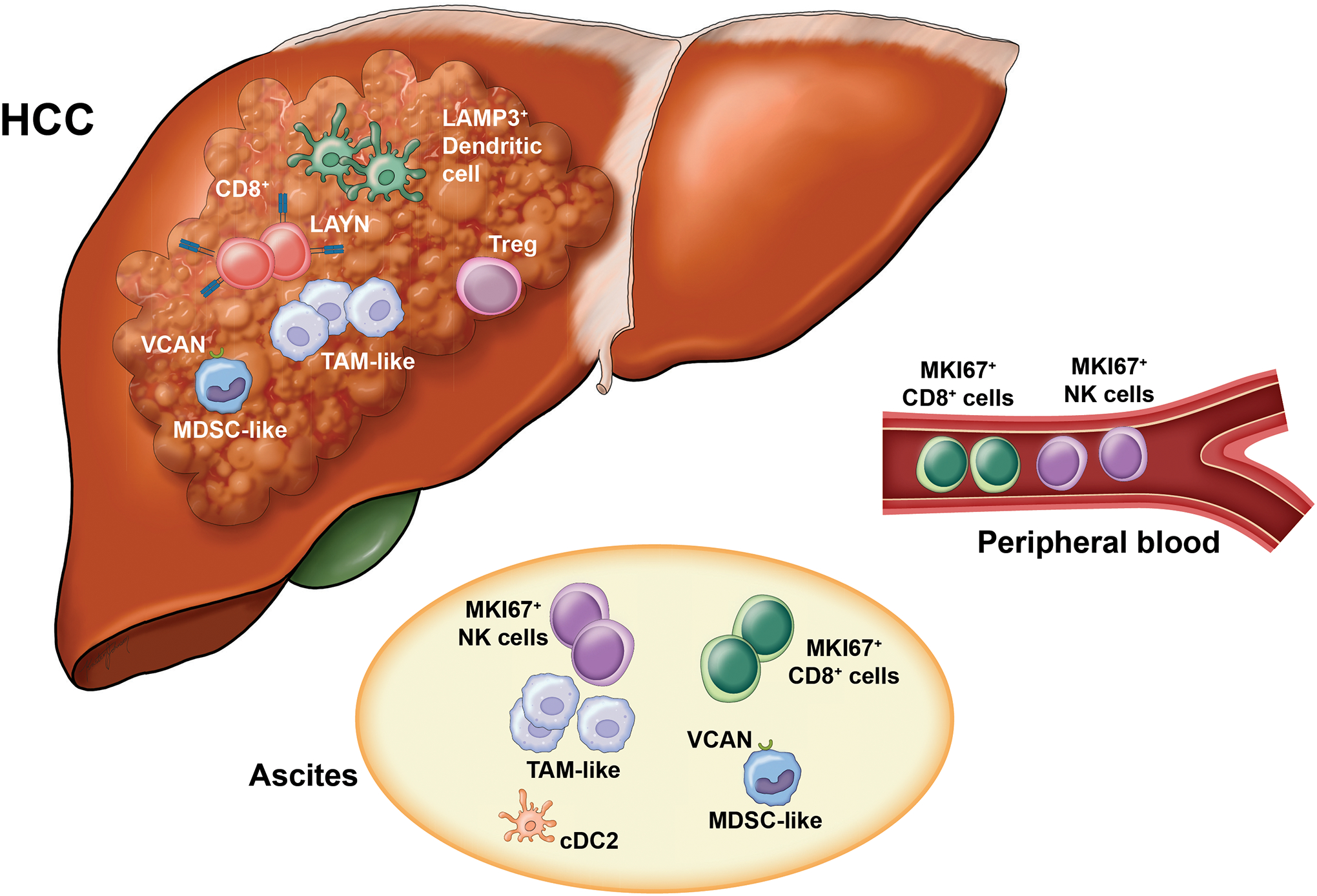Figure 1. Dynamics of the tumor immune microenvironment of HCC.

High resolution analysis using single cell omics has provided insight into the dynamic nature of various immune subsets and their contribution to a largely immunosuppressive immune microenvironment in HCC. Immunosuppressive cell populations in the HCC TIME including Tregs, MDSCs and TAMS contribute to dysfunction of CD8+ T cells and DCs. LAMP3+ DCs may be a common DC subset that has maturation features and may play a role in T cell dysfunction. In HCC patients with ascites, immune cell subsets may migrate from the primary tumor (TAM-like, MDSC-like) or from the peripheral blood (MKI67+ CD8+ cells or NK cells). DC, dendritic cell; MDSC, myeloid-derived suppressor cells; TAM, tumor-associated macrophage; TIME, tumor immune microenvironment.
